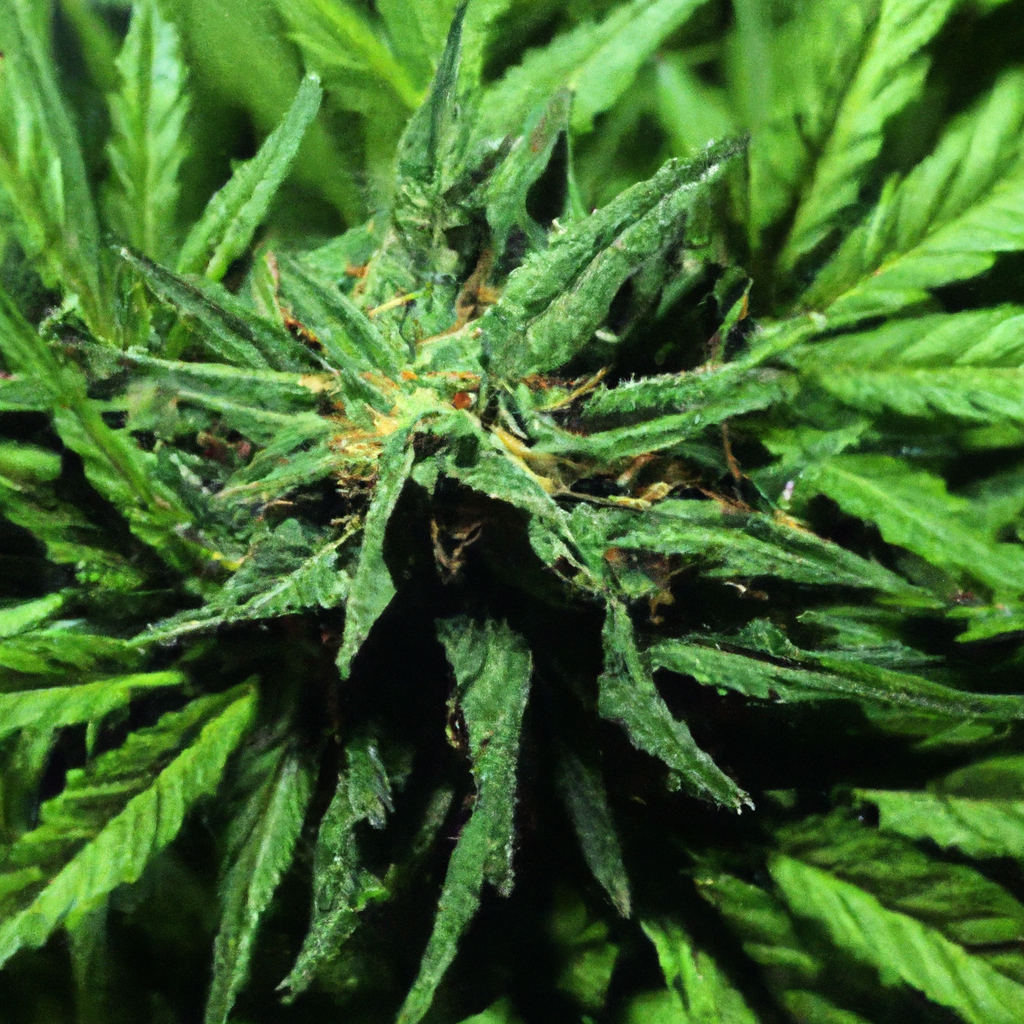Your cart is currently empty!
As the cannabis industry continues to grow, the importance of sustainable cultivation practices becomes increasingly essential. Sustainable cannabis cultivation not only benefits the environment but also enhances the quality of the product. In this article, we explore the principles and practices that contribute to environmentally friendly cannabis farming, offering insights into making your cultivation efforts both effective and eco-conscious.
Understanding Sustainable Agriculture
Sustainable agriculture is based on practices that meet current environmental, economic, and social needs without compromising the ability of future generations to meet theirs. In the context of cannabis cultivation, this involves the adoption of practices that minimize environmental impact while maintaining high yields and quality. Key components of sustainable agriculture include:
- Soil Health: Maintaining and improving soil health through organic amendments, crop rotation, and minimal use of chemical fertilizers.
- Water Management: Optimizing water use through drip irrigation systems, rainwater harvesting, and efficient drainage.
- Energy Efficiency: Utilizing renewable energy sources such as solar and wind power to reduce carbon footprint.
Implementing Sustainable Practices in Cannabis Cultivation
Adopting sustainable practices requires strategic planning and implementation. Here’s a step-by-step guide to help you integrate sustainability into your cannabis cultivation process:
1. Utilize Organic Growing Techniques
Organic growing techniques emphasize the use of natural inputs and biological processes to achieve healthy plant growth. This includes using compost and organic-based fertilizers instead of chemical alternatives, which promotes biodiversity and soil health.
2. Integrated Pest Management (IPM)
IPM is a proactive approach to pest control that combines different strategies to reduce pest populations while minimizing harm to the environment. Techniques include biological controls like beneficial insects, mechanical controls, and cultural practices to keep pests at bay.
3. Efficient Resource Management
Make the most of your resources by optimizing light management with LED grow lights, practicing water conservation techniques, and recycling nutrients within your system to reduce waste and costs.
The Benefits of Sustainable Cannabis Cultivation
The transition to sustainable cultivation methods can provide numerous benefits beyond environmental health. These include:
- Improved Product Quality: Organic and sustainably grown cannabis often results in a higher terpene profile, enhancing flavor and aroma.
- Reduced Operational Costs: Efficient resource use and waste reduction mechanisms can lead to long-term savings for growers.
- Positive Brand Image: Adopting green practices helps in building a positive brand image that appeals to environmentally conscious consumers.
Conclusion
Sustainable cannabis cultivation holds the key to a greener, healthier industry. By focusing on resource efficiency, natural techniques, and environmental stewardship, cannabis growers can play an active role in promoting sustainability and addressing climate challenges. As an industry, embracing these practices paves the way for a more responsible and flourishing future.
Adopt sustainable practices today, and contribute to a positive environmental impact while reaping the benefits of higher-quality, eco-friendly cannabis.
Discover more from Magic Clones
Subscribe to get the latest posts sent to your email.


Leave a Reply